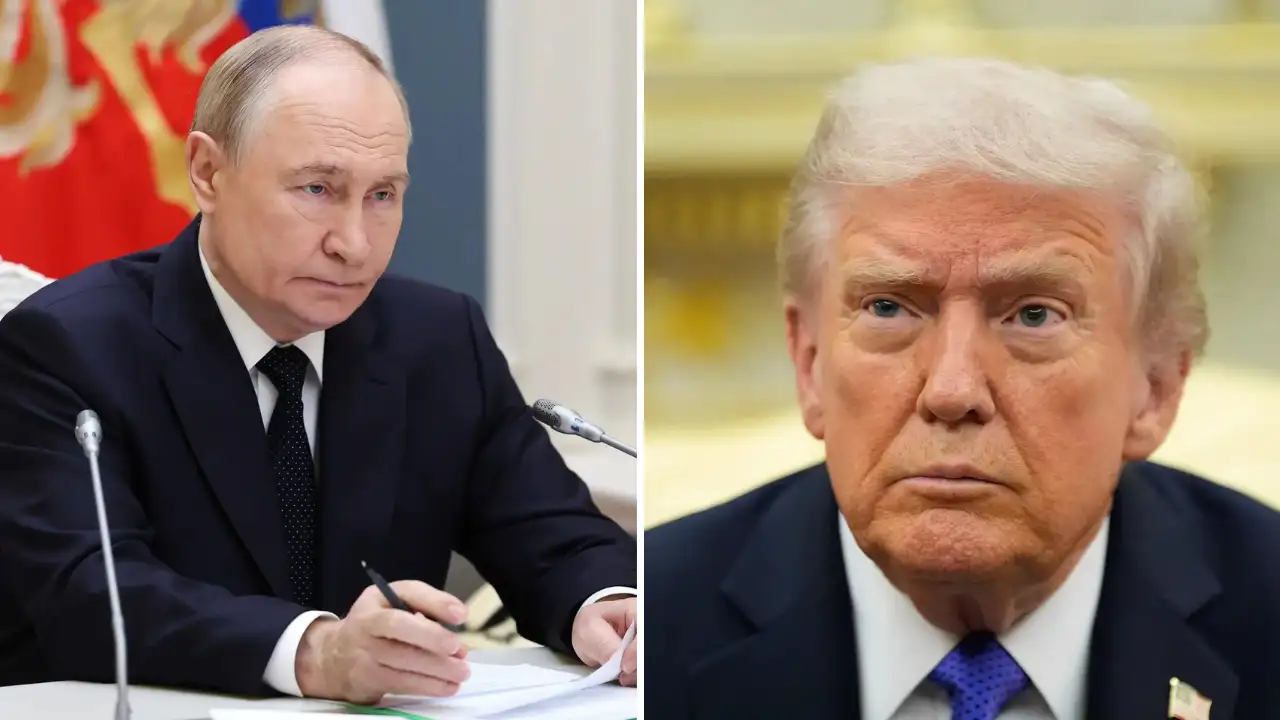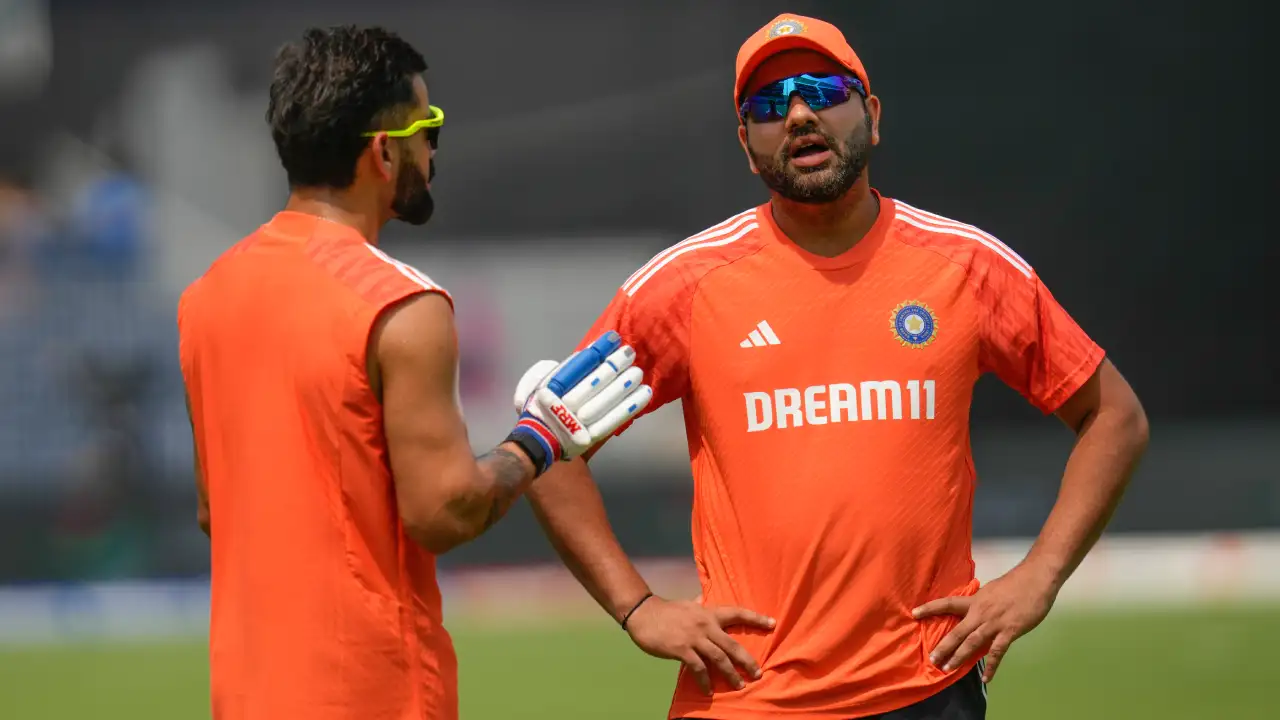Copyright MLB News

This is an excerpt from the latest edition of Michael Clair's International Beat Newsletter, bringing global baseball news to your inbox every month. Sign up for future installments HERE and check out the full newsletter HERE. He may have the most iconic catch in World Baseball Classic history, but when Adam Jones first tried out for USA Baseball as a teenager, the then-future Major League star was denied. Just 15 or 16 at the time, Jones had traveled to Houston for the youth team tryouts (where he would also meet future MLB center fielder Michael Bourn, then playing at the University of Houston). That dream finally came true when USA Baseball came knocking with an offer before the 2013 World Baseball Classic. Jones had gone to his second All-Star Game and had won his first Gold Glove Award the previous offseason. At the time, close to half the players who were approached turned down the opportunity. Though it was something that Jones had been striving toward, he understood why some players didn’t feel the same. “It's painful [getting into playing shape that early], I’ll tell you that firsthand,” Jones said. “And I can imagine [how hard it is] for the pitchers. You can't tell me that, ‘OK, I'm throwing a Spring Training game at Ed Smith Stadium or at George Steinbrenner Field. We’ve got on our fourth alternate jersey. Cool,’ And then you throw for Team USA at Marlins Park, at Petco Park, at Dodger Stadium, there’s 40,000 fans and you’ve got [Carlos] Correa sitting on this. You’ve got [Manny] Machado on the other side. You’ve got Adrian Beltré. That's just hard.” These days, that attitude has completely changed. Just look at the players like Aaron Judge, Paul Skenes and Cal “Big Dumper” Raleigh, who have already signed up for the U.S. at next year’s World Baseball Classic. You can thank Jones and the team’s performance at the 2017 World Baseball Classic, when USA won its first – and to this day only – World Baseball Classic championship. Of course, Jones’ remarkable leaping home run robbery of the Dominican Republic’s Manny Machado remains the most memorable moment from that tournament. The San Diego native remembers his feeling on the play, chasing the ball down as it seemed destined to wind up in the Petco Park stands. As he raced back to the wall on Machado’s blast, there was one voice in Jones’ head: “Keep going. Hey, keep going. Keep going.” “It’s a play about perseverance,” Jones said. “I was a student of my craft. I knew all the center fields, I knew the rules of center field. I knew the heights of all the walls, I knew where I could jump, I knew where I wouldn’t get hurt. I knew how many steps there were on the warning track. All these things that went into playing center field. Not only does the catch play on in Jones’ memory and the memories of USA Baseball fans, but Jones’ U.S. home has a special painting of the moment made by the artist Carling Jackson, too. “When I watch the play, I like to watch the crowd, I like to watch their reactions,” Jones said. “They’re the ones who give me the light.” These days, Jones is still involved in international baseball, but not with the U.S. In addition to his work with the Baseball Assistance Team (BAT) and the Commissioner’s Ambassador Program, Jones has joined up to be the Spanish national team’s hitting coach. He was working with the team ahead of the World Baseball Classic Qualifiers this past spring, where Spain once again fell just short of reaching the main tournament, but didn't travel with the club because he didn't want to take the spot from one of the nation's long-serving coaches. “I'm all about baseball, having fun and promoting the game of baseball,” Jones said. “Knowing it's not big here in Europe, but here in Spain, there's a couple guys who've played in professional organizations, and we have a couple guys right now who have Spanish backgrounds, who played in professional organizations.” “Hey, look, the back of my card is done,” McLemore told him. “The rest of this knowledge has to go out. Your job is now to pass all this that you’ve learned in this journey. I taught you, somebody taught me, you have to teach it, and you’ve got to pass it on.” ones was most recently with the national team at the recent European Baseball Championship, where Spain finished fourth. Though it was held in Rotterdam, on one of the finest fields across Europe, Jones had to remember that this was still a long way away from the Major Leagues. “I also had to understand that my lens is different than everyone else's lens, and I have to also understand what I'm looking at, understand who I'm talking to. This is not a Major League ballpark. These are not Major League umpires. These are not Major League baseballs. It's not Major League dirt or grass.” Jones understands the criticism that the national team sometimes gets, that too many of its players originally hail from the Dominican Republic, Venezuela, and Cuba. But he argues that the team allows its players to connect to a heritage that spans generations. “There are 350 million Americans. It’s pretty easy [to put together a team of Americans],” Jones said. “But for the Latin guys, to be able to represent their grandparents’ heritage or their parents’ heritage, that’s pretty special. You see it with Team Israel. You see it with Team Italy. You see it with Lars Nootbaar being able to do it with Team Japan. Tommy Edman, who played with Team Korea.” For another, the success of the national team can be used to inspire the next generation of Spanish-born stars, players who will have grown up in Spain with dreams of donning the jersey. “These guys are on a national stage and I think more and more people who have Spanish backgrounds might want to play for Team Spain,” Jones said. “Obviously, every team gets older, and you need to replenish your older guys with some 23-, 24-year-olds. You never know what Spanish baseball has coming in, but ultimately, it's about growing [the game] here in Spain, and that's first and foremost. Again, it comes from the notoriety at the top level. That's how it has to start.” Jones has some ideas of how to build from the ground up, but he knows none of them are quick fixes. They require serious investment and dedication to seeing the project through. “It starts with getting some camps here, getting some big Latin names – you don’t necessarily need American guys – and trying to find guys who have some lineage back here,” Jones said. “Salvador Perez has been back many times and he is so beloved by the kids. … And then funding leads to new, better ballparks. It’s all those little things that take time, take money, take manpower. But it also takes a dream and it takes some people who want to do it.”



